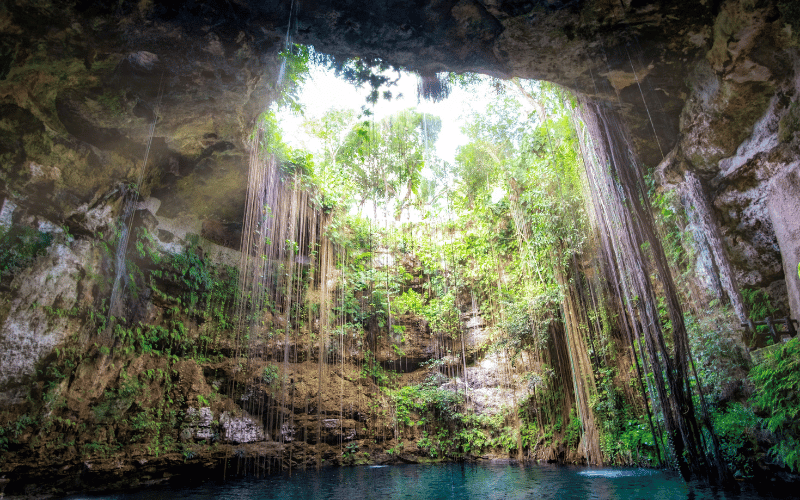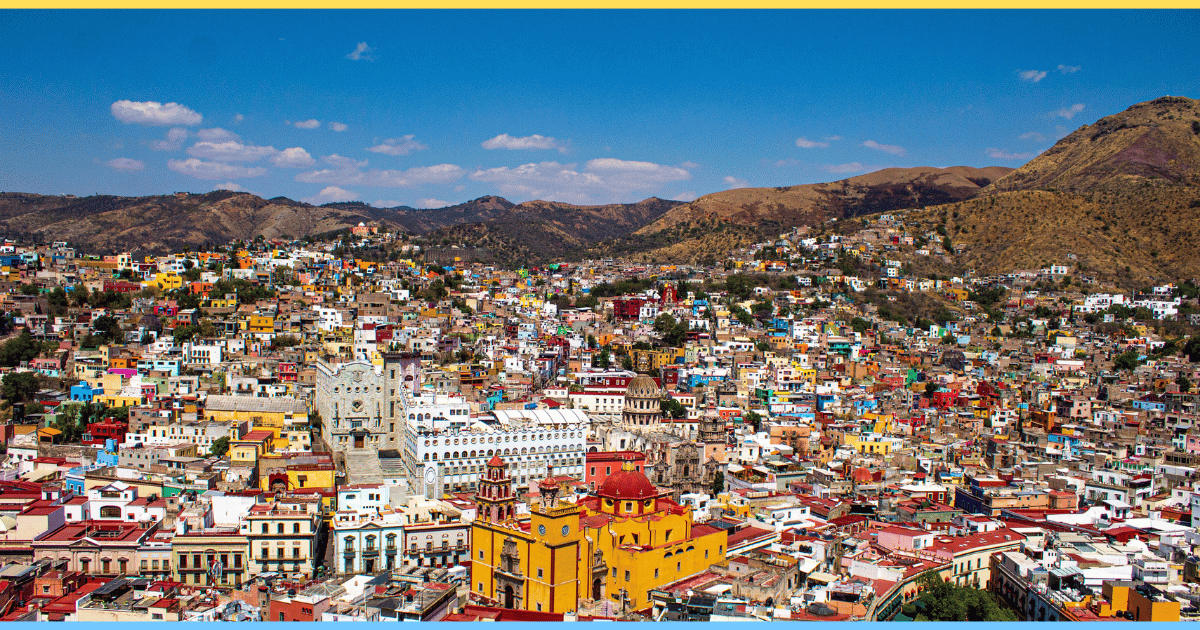
MEXICO
Join us as we explore Mexico’s beaches. This blog takes you to the heart of Mexico’s unique beach destinations, highlighting the marine life, tropical surroundings, and iconic cenotes – natural swimming holes that offer a refreshing dip unlike any other. We share the best spots for sunbathing, snorkeling, and exploring Mexico’s rich cultural heritage, making every beach visit a journey through time.
Welcome to Beacherpa!
You can find the best Mexico beach destinations here.
Select the place you are most interested in, and you will be taken to the appropriate information and reviews.
With these guides, we are confident that you have the optimal source of information to find your next dream destination.

